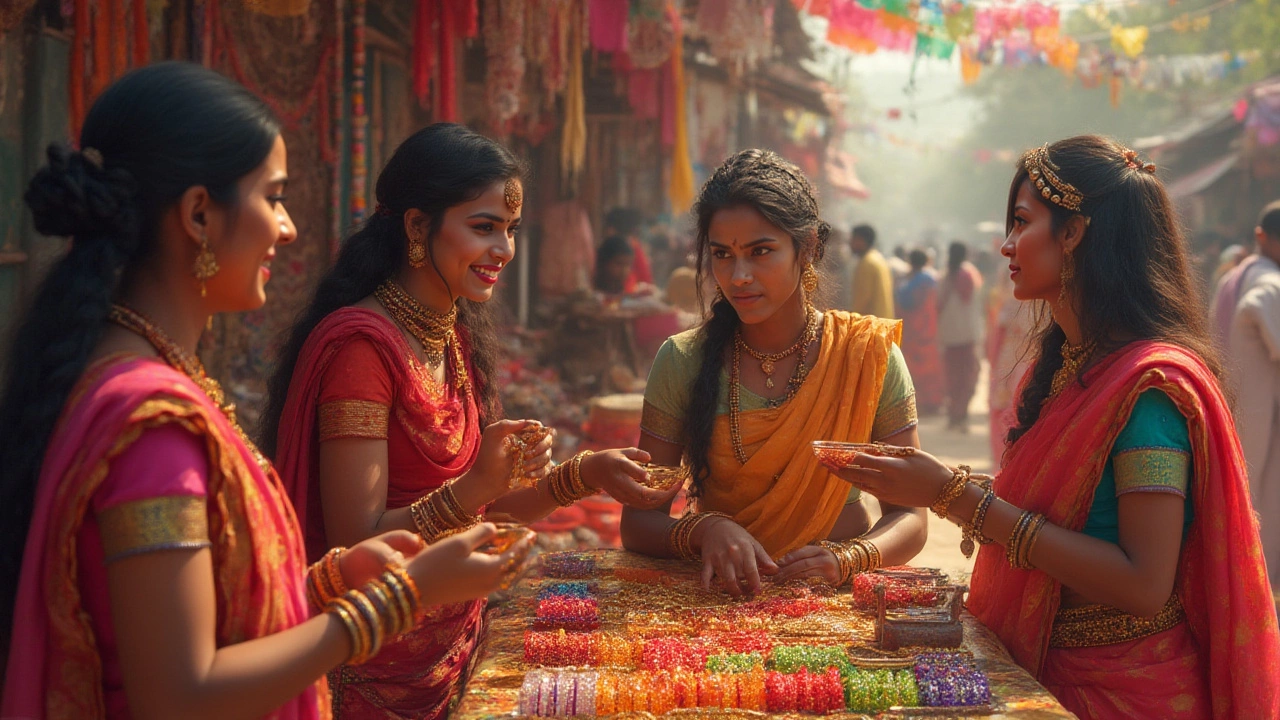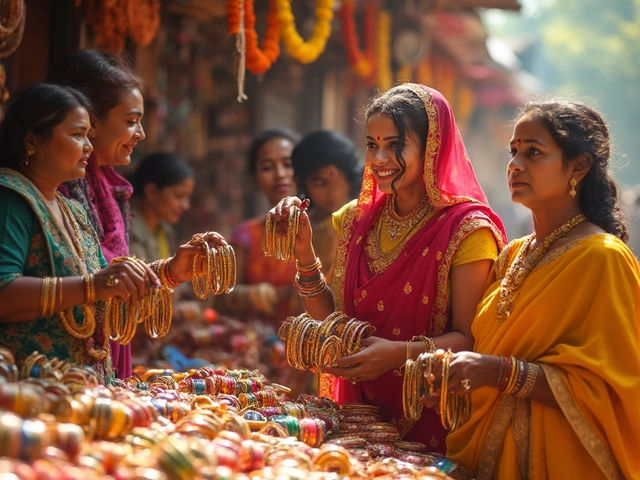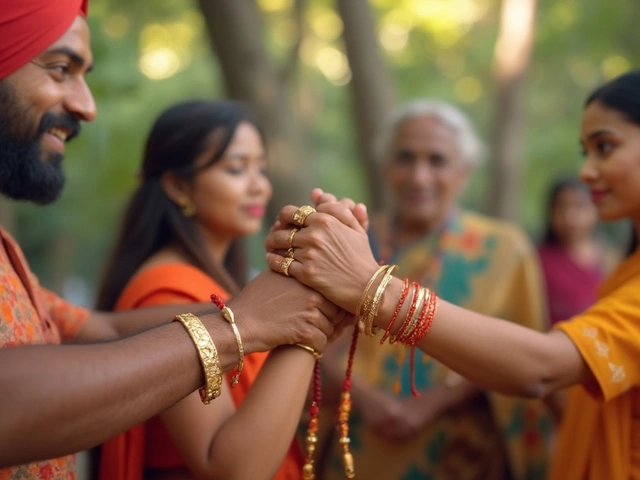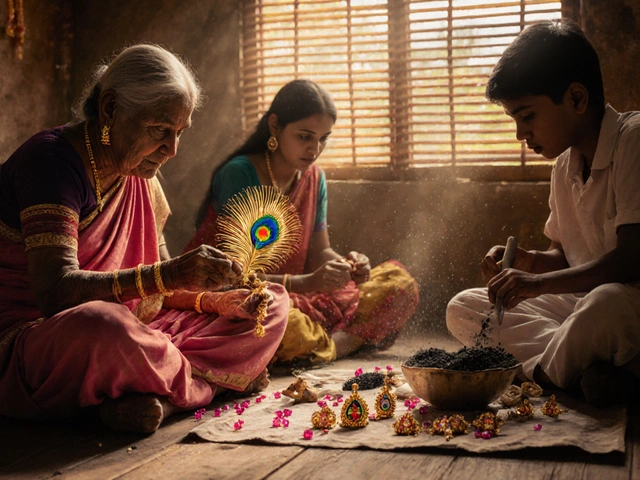Can Unmarried Women Wear Bangles? Myths, Traditions & Modern Tips
If someone asks you whether an unmarried woman can wear bangles, the first thing to remember is that there’s no single rule that fits all of India. Traditions vary by region, community, and personal belief. Some families say it’s a sign of marital status, while others treat bangles as a simple fashion accessory. The good news? You can choose what feels right for you, and today many women ignore old taboos altogether.
Traditional Beliefs About Bangles
Historically, bangles have been linked to marriage in many parts of the sub‑continent. In the north, red glass bangles (often called chudi) are a staple of a bride’s trousseau. In the south, gold bangles are part of the wedding ritual. The idea is that bangles symbolize a woman’s status as a wife and her commitment to family.
These customs stem from a mix of religion, folklore, and family expectations. For example, a common belief is that a married woman’s wrists should always be covered with bangles to attract good luck and ward off evil. Some elders feel that if an unmarried girl wears them, it could invite unwanted gossip or break a cultural “code.”
That said, the rules are not set in stone. In many communities, especially among younger generations, bangles are simply jewelry. Even in conservative households, you might see a girl wearing thin, plain bangles during festivals or special occasions without any backlash.
Modern Ways to Wear Bangles
Today, fashion has blurred the line between “married” and “unmarried” jewelry. Designers offer bangles in a wide range of materials—glass, enamel, acrylic, wood, and even silicone—so you can pick something that matches your style rather than your marital status.
If you’re worried about family reactions, start with subtle options: thin gold‑filled bangles, pastel glass bangles, or a single cuff that looks more like an accessory than a symbol. Pair them with casual outfits, like a denim shirt or a simple kurta, and notice how easily they become a style statement.
Another trick is to mix bangles with other wrist wear. Stack a few slim bangles with a watch or a leather bracelet. The variety distracts from any single cultural meaning and makes the look feel eclectic.
When you’re at a wedding or a religious function, you can also choose bangles that match the event’s color scheme. That way, you’re honoring the tradition of wearing bangles at ceremonies without signaling marital status.
Ultimately, the decision comes down to personal comfort. If you love the clink of bangles on your wrist and they make you feel confident, wear them. If family expectations still matter to you, discuss your choice openly—many parents appreciate the honesty and may even support your modern take.
Remember, jewelry is a form of self‑expression. Bangles have evolved from a marital marker to a versatile fashion piece. Whether you’re 20 or 30, single or engaged, you have the right to decide if bangles belong on your wrist.
Unmarried Women and Bangles: Myths, Meanings, and Modern Choices
Curious if an unmarried woman can wear bangles? Dive into traditions, a bit of history, modern attitudes, and tips on rocking bangles with style and confidence.





